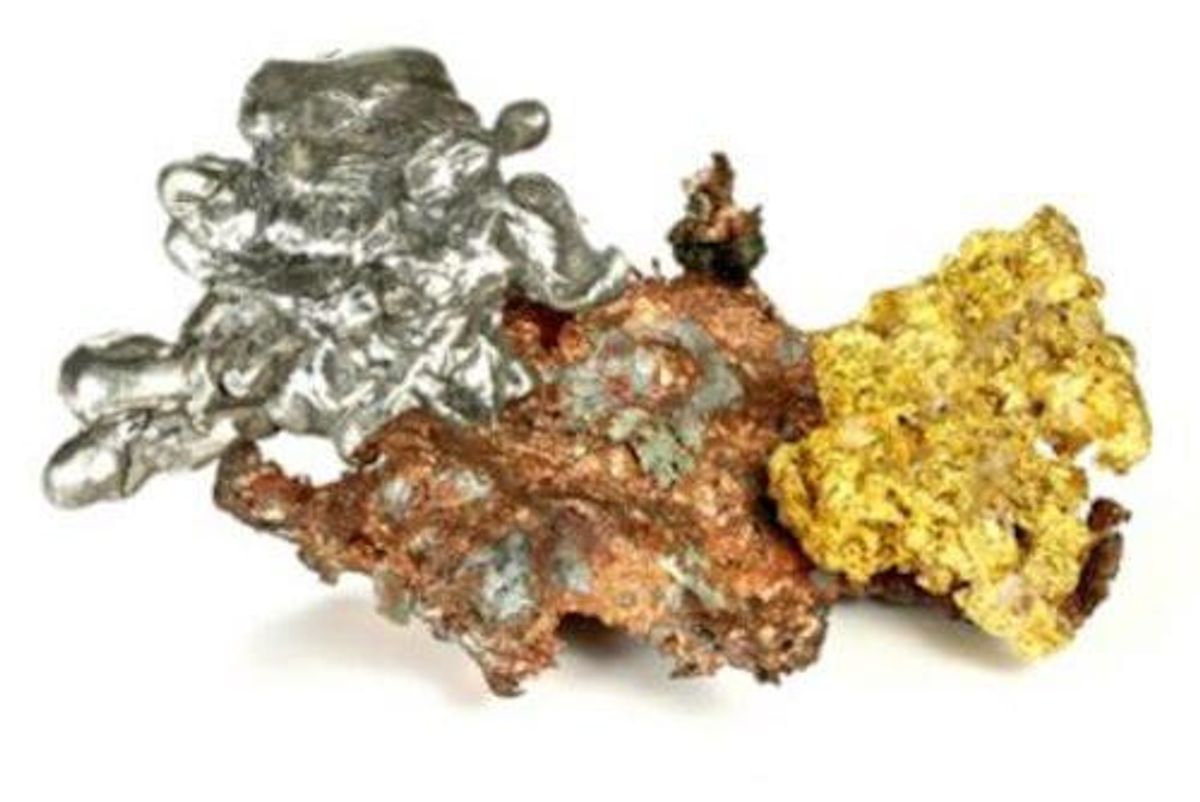Metals Weekly Round-Up: Gold and Base Metals Make Gains

April’s soaring unemployment numbers in the US and Canada pushed gold above US$1,720 on Friday.
Gold continued its ascent above US$1,700 per ounce this week, driven by continued weak economic data and massive job losses.
Gaining 1.7 percent week-over-week, the yellow metal dipped to US$1,684.10 on Wednesday (May 6) before rebounding 2.4 percent to reach US$1,724.80 in pre-trading hours on Friday (May 8).
While the rest of the precious metals were a mixed bag, the broader base metals market made significant gains this period as Chinese demand began to increase again.
Since breaking past US$1,700 on May 1, gold has retained its worth save for a brief two day period this week, which saw the currency metal slip — offering a value opportunity for those interested to get in.
Taking advantage of the increasingly rare price drops was a topic Ronald-Peter Stoeferle of Incrementum touched on during a recent keynote address for the World Gold Forum.
“We are in this public participation phase, and I think that — as I’ve said — every dip should be bought, and we should ride this bull market,” he said.
Soaring unemployment numbers in the US, which recorded 22 million job losses in April, were compounded by almost 2 million lost jobs in Canada, pushing gold above US$1,720 on Friday.
Despite that dismal data, gold exchange-traded funds (ETFs) have continued to make historic gains. In April, gold-backed ETFs added 170 tonnes, increasing holdings to 3,355 tonnes, an all-time high.
Gold’s safe haven nature could be tested in the coming weeks as there is speculation that the US Federal Reserve may announce another round of economic stimulus measures.
At 10:51 a.m. EDT on Friday, an ounce of the yellow metal was trading for US$1,719.
Silver also made positive moves on Friday, climbing as high as US$15.62 per ounce for the first time since mid-March, before the rush to cash drove commodities lower.
After sitting flatly for most of April, the white metal has experienced price volatility since May 1, dropping as low as US$14.71 on Sunday (May 3), before trending 6.6 percent higher to a three week high of US$15.69 on Friday morning.
Silver was selling for US$15.61 at 11:10 a.m. EDT on Friday.
Platinum squeaked out a modest week-over-week gain.
Mine closures in South Africa — the leader in output — are likely to lead to supply constraints later in the year, setting the stage for a potential shortage, according to a note from Bank of America Merrill Lynch.
“Our base line assumption is that output runs at 50 percent in May and June, before rising to capacity by December,” it reads. “Putting it all together, we anticipate that both platinum and palladium will be in deficit this year. As such, we remain bullish (on) the white metals into year-end.”
Platinum was valued at US$768 an ounce as of 11:20 a.m. EDT on Friday.
As mentioned, mine closures have also impacted the palladium space, and could lead to potential price growth later in the year as stores of the metal deplete.
In the meantime, the autocatalyst metal is feeling pressure from broken supply chains and weak automotive sales, both of which impeded any growth this week.
Starting the session at US$1,832 per ounce, palladium fell as low US$1,691 this week before clawing its way back above US$1,700.
After hitting an all-time high of US$2,754 in late February, the metal has lost over 35 percent of its value.
The price of palladium was at US$1,777 an ounce on Friday at 11:27 a.m. EDT.
In the base metals space, copper has made a week of straight gains as Chinese demand for the unwrought metal grew by 4.4 percent month-over-month to 460,000 tonnes in April.
The value of the base metal increased 3.3 percent for week.
Promise that the need for the red metal will climb as countries emerge from COVID-19 lockdowns bodes well for prices.
At 12:23 p.m. EDT on Friday, a tonne of copper was selling for US$5,227.50.
Zinc also edged higher in Friday’s session, adding 6.2 percent to its value. Recent activity has been driven by rising demand for zinc futures on Chinese markets.
Zinc was moving for US$2,000 a tonne at 12:29 p.m. EDT on Friday.
Nickel surged ahead this week by over 4 percent, rising from US$11,785 per tonne on Monday to US$12,224 on Thursday (May 7).
Demand from Asian nations propeled nickel futures higher. While the news is good for the versatile metal, it is still well off its year-to-date high of US$14,285, reached in mid-January.
In the lead space, prices also trended higher, starting the session at US$1,592.50 per tonne and ticking up to US$1,619.50.
The catalyst driving the other base metals also motivated lead.
However, this week’s signs of positivity don’t mean the broader sector is out of the woods yet. According to a recent report on industrial raw materials, industrial activity will be lower year-over-year for 2020.
“The industrial raw materials (IRM) price index is expected to fall by 6.1 percent in 2020, as the coronavirus pandemic hurts industrial activity and rise by 6.8 percent in 2021, as depleted stocks and a moderate rise in demand push up base metal prices,” it reads.
Lead was selling for US$1,619.50 as of 12:58 p.m. EDT.
Don’t forget to follow us @INN_Resource for real-time updates!
Securities Disclosure: I, Georgia Williams, hold no direct investment interest in any company mentioned in this article.